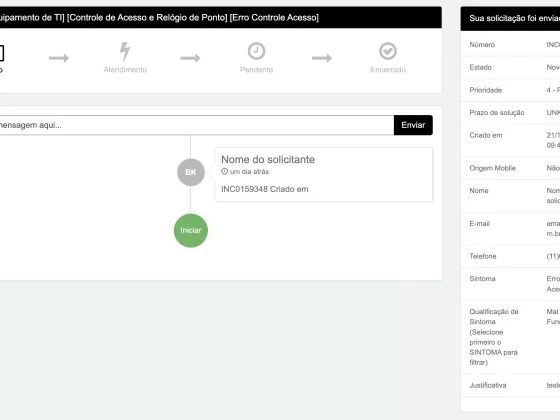In the intricate landscape of customer service, the implementation of Customer Service Management (CSM) systems like ServiceNow’s CSM module is pivotal in transforming how businesses handle customer interactions and issues. The beauty of CSM lies in its versatility and the sophistication with which it manages and resolves customer requests and problems. To fully appreciate the efficacy of CSM, let’s delve into a practical scenario – handling a lost credit card – and observe how CSM turns a potentially stressful situation into a streamlined, customer-friendly process.
A Step-by-Step Breakdown of CSM in Action
1. Initiating a Case
When a customer reports a missing or stolen credit card, or if the fraud department flags a suspicious transaction, CSM kicks into gear by initiating a case. This case becomes the central hub for tracking all customer interactions and steps taken, ensuring a coherent and comprehensive response strategy.
2. Automatically Freezing Accounts
One of the initial actions in this scenario is to freeze the customer’s accounts and any related cards. This swift response is critical to mitigate potential financial risks and is a testament to CSM’s proactive approach to problem-solving.
3. Verification Process
Suspicious transactions trigger another layer of workflow within CSM. This involves tasks for fraud or disputes departments, ensuring that all aspects of the issue are scrutinized and verified. The seamlessness of these handoffs, along with continuous status tracking, highlights CSM’s ability to coordinate complex, multi-departmental tasks efficiently.
4. Triage and Resolution
The CSM system enables ongoing monitoring of tasks as the case progresses. It’s designed to expedite resolution by alerting responsible parties of pending actions or incomplete items. This dynamic monitoring ensures that no aspect of the resolution process is overlooked.
5. Closing the Case
Once the issue is resolved, the CSM system facilitates communication with the customer, informing them of the resolution, sending satisfaction surveys, and placing the account on a watch list for future security. This step is crucial in maintaining customer trust and satisfaction.
6. Audit Trail Provision
Finally, CSM’s ability to compile all relevant data and timelines into a comprehensive audit trail simplifies reporting and auditing processes. This transparency is invaluable for both internal review and customer assurance.
Conclusion: The Versatility and Impact of CSM
This scenario exemplifies just one of the myriad ways CSM can be applied. It showcases the module’s ability to not only respond to immediate customer needs but also to anticipate and prevent future issues. By integrating various departments and automating key processes, CSM offers a holistic solution to customer service challenges. In the end, the goal of CSM, particularly in the context of ServiceNow, is to create a seamless, efficient, and customer-centric experience, turning potential crises into positive customer interactions.
In a world where customer expectations are continually evolving, CSM stands out as a vital tool in any organization’s arsenal, ensuring that customer satisfaction remains at the heart of their operations.




You must belogged in to post a comment.